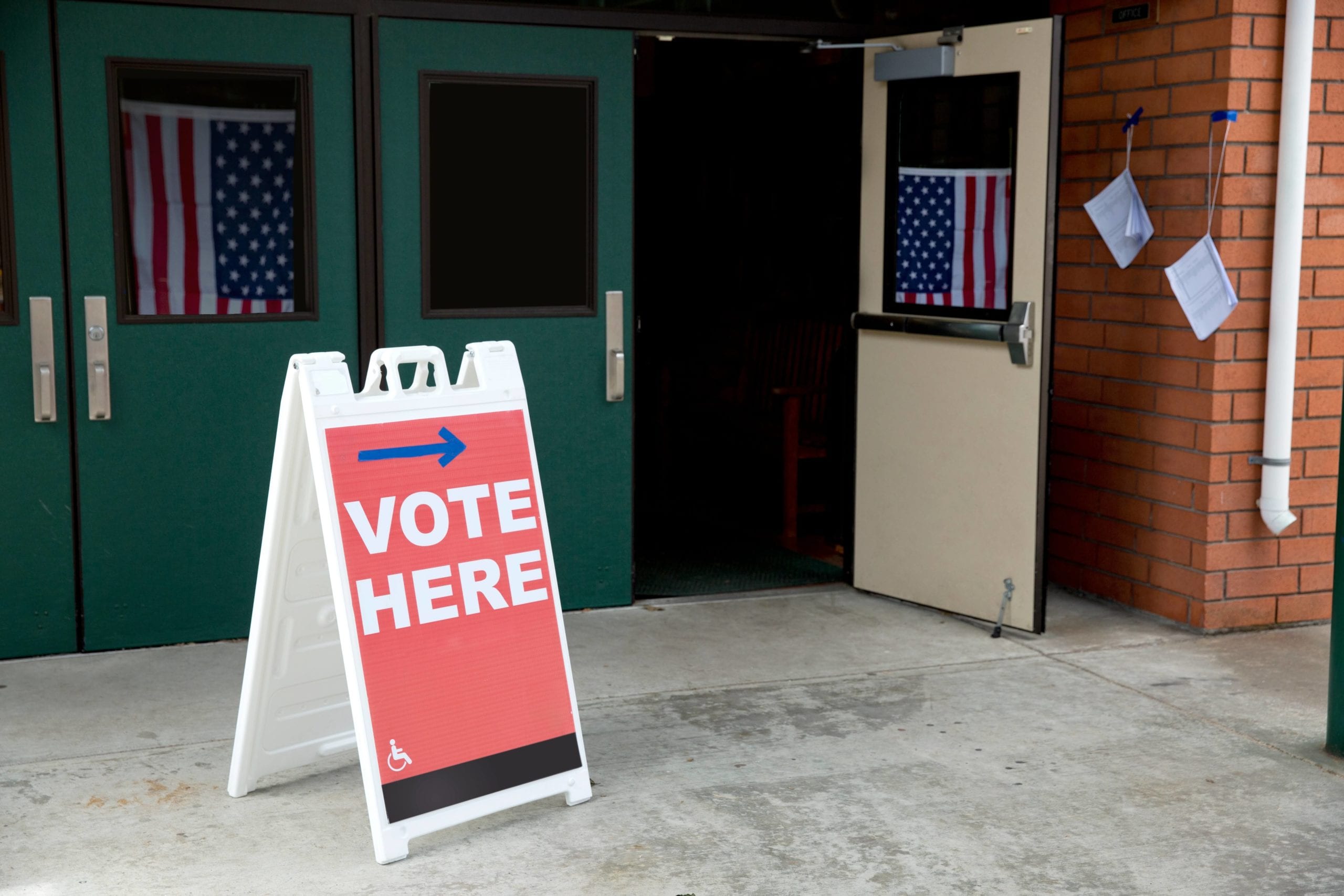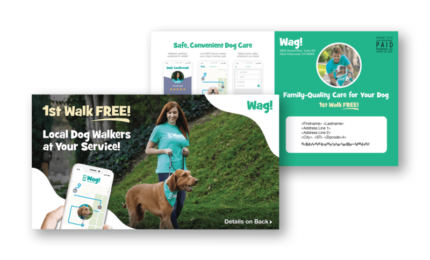5 Political Design Musts for Direct Mail
By Paul Bobnak | November 14, 2019

A great political direct mail design isn’t about how it looks, but how it drives voters to the polls.
A mailpiece can be mailed to every address in a specific geographical area, it’s less expensive, has pass-along value, and is tangible. It’s also growing in importance as TV and digital ads have become saturated as well as ineffective in reaching certain demographics.
According to the U.S. Postal Service, the volume of political mail campaigns in 2022 mid-terms reached 3.9 billion pieces, a 34% increase over 2018’s total.
But to be effective, it has to be done right.
In many ways, political mail isn’t that different from anything else going into the homes of citizens. It must get their attention, build their interest, and prompt them to act – in this case, voting for your candidate or party.
Over time, certain political direct mail design practices have have helped campaigns meet those goals. Here’s how to get ready for 2024.
1. Pick a format that works, like political postcards
The postcard is the best political direct mail design format to reach voters.
It’s more affordable to print and mail than envelopes or brochures. But you have to be economical and smart with less room to use.
With only two sides, you must create a hierarchy of text, images, and graphics – along with white space – that is easy for the reader to follow and act upon.
However, always test. For only a few cents more, a flat or folded self-mailer provides additional information and images that support your candidate, party, and message.
2. Keep your copy simple
Use short, succinct headlines. They set the tone as well as the message for the mailpiece. And they get attention, and allow voters to easily scan your piece, either with the piece in their hands or when looking at their Informed Delivery preview.
Underneath, run bullet points and sentence fragments, not long blocks of text. Keep the design simple, with only a few fonts.
And, always remember: Promote benefits, not features.
Talking about a candidate’s background is okay, but only if it frames how it qualifies them for the office they’re seeking. Voters want to know “What’s in it for me?” So answer how your candidate will help solve their problems.
3. Use engaging and inspirational photos
Put the best face on your campaign (and candidate) by using sharp, high-resolution images. Official-looking headshots are fine, but informal and candid action shots help the voter connect with the candidate in a real way.
Again, simplicity rules. Unless your mailpiece is intended only to introduce the candidate – and leave a deeper look at issues for later – keep the number of pictures to just a few to better support your message.
4. Create a strong call to action
Don’t be subtle.
You should never assume that everyone knows when the next election takes place.
So, tell your voters exactly what you want them to do next.
For example:
- “Register by [date].”
- “Vote on [date].”
Also, show them how. Provide clear instructions, like a website address (e.g.,“Scan here [QR code] to join our team!”), phone number, or physical location for them to discover much more about your campaign and how to support it, as well as how and where to register and cast their vote.
5. Include certifications for audience appeal
A union bug is a tiny stamp or label on the mailer that represents quality assurance and union-approved conditions in the workplace. Your target audience might look for that small stamp, which sends a positive message about your political candidate’s partnership with the American workforce.
Similarly, an FSC symbol indicates that the printing company is certified by the Forest Stewardship Council. It ensures that products – like the paper used in the direct mail piece – come from responsibly managed forests that provide environmental, social and economic benefits.
Again, for some audiences, this shows that your campaign and the company it chooses to print its mail aligns with their values.
Similarly, endorsements from special-interest groups – ones that know about and approve of your candidacy – can be the final seal of approval that energizes potential voters.
We’re political direct mail experts!
If you’re searching for more ways to create effective voter outreach mail, you’ve come to the right place! Contact us to talk it through with our team, with decades of political direct mail design experience, and get a free quote on your next campaign.
Editor’s Note: This post was originally published in November 2019 and has been updated for accuracy and comprehensiveness as of September 2024.


